- The power station solves the local electricity shortage while also providing jobs
- The total installed capacity of the Sakai photovoltaic power station contracted by China Energy Engineering Tianjin Electric Power Construction Co., Ltd. is 15 MW
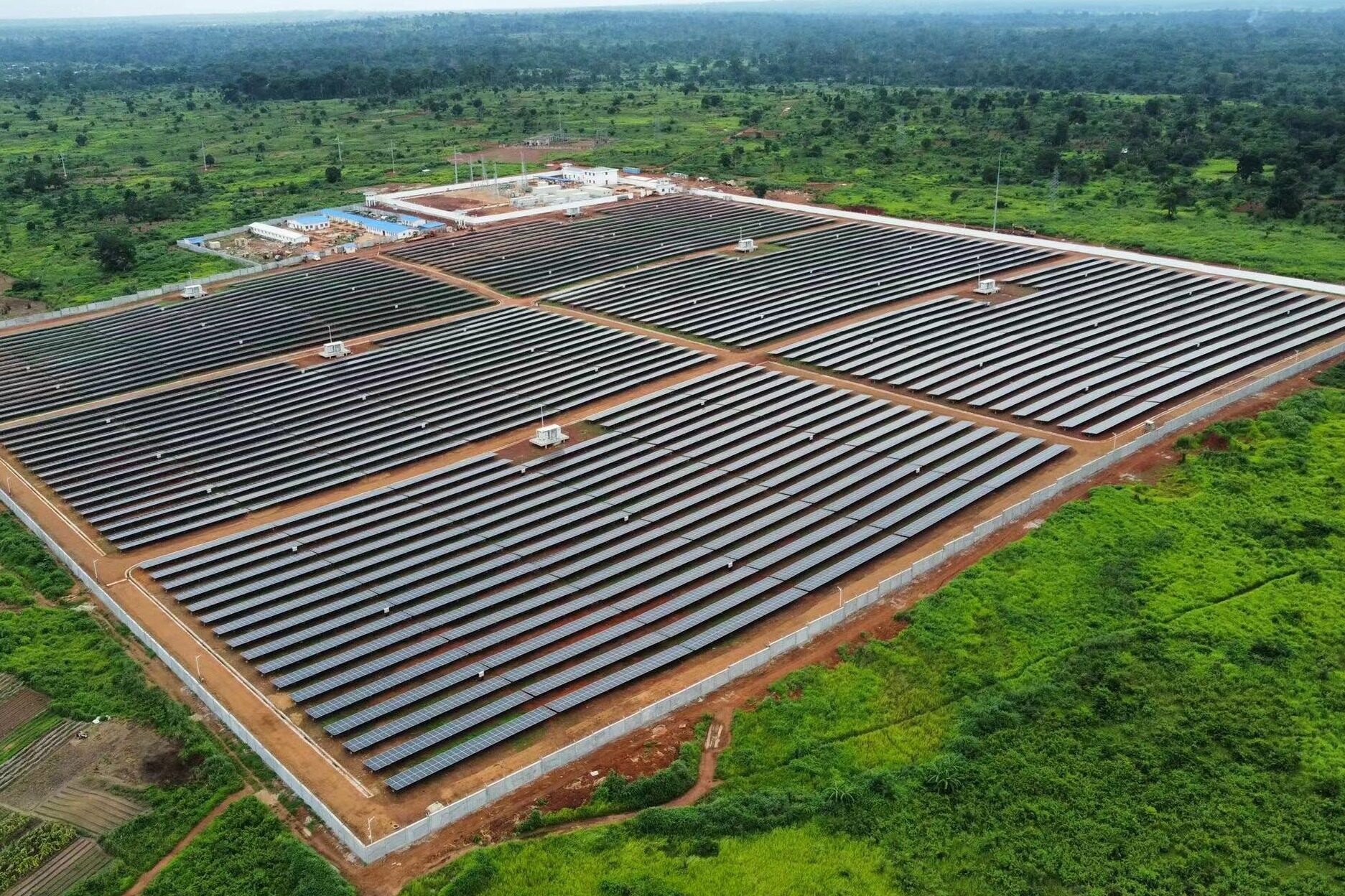
In the city of Bimbo, about 9 kilometers west of Bangui, the capital of the Central African Republic, the terrain is flat and the sun is shining brightly. The boundless sea of trees surrounds a square field area of about 160,000 square meters, in which more than 30,000 solar panels, two meters long and one meter wide, are neatly arranged, forming a cobalt blue "giant mirror" .
It is through this "giant mirror" that sufficient local solar energy is converted into electrical energy, which is then continuously transported to factories, schools and thousands of households in Bangui through combiner boxes, booster stations, power grids and other facilities. .
gifts from China
This is the first photovoltaic power plant in the Central African Republic, the Sakai photovoltaic power plant. The power station is general contracted by China Energy Construction Group Tianjin Electric Power Construction Co., Ltd. (Energy China Tianjin Electric Power Construction Co., Ltd.), with an installed capacity of 15 megawatts.
For a long time, the situation in the Central African Republic has been turbulent, the development of infrastructure has been slow, and the shortage of power supply has plagued the local people: power outages are a common occurrence, and in severe cases, there is no power for two or three weeks, and household appliances have become decorations; it is difficult for children to read and study after dark. , The streets were also dark, and no one dared to go out.
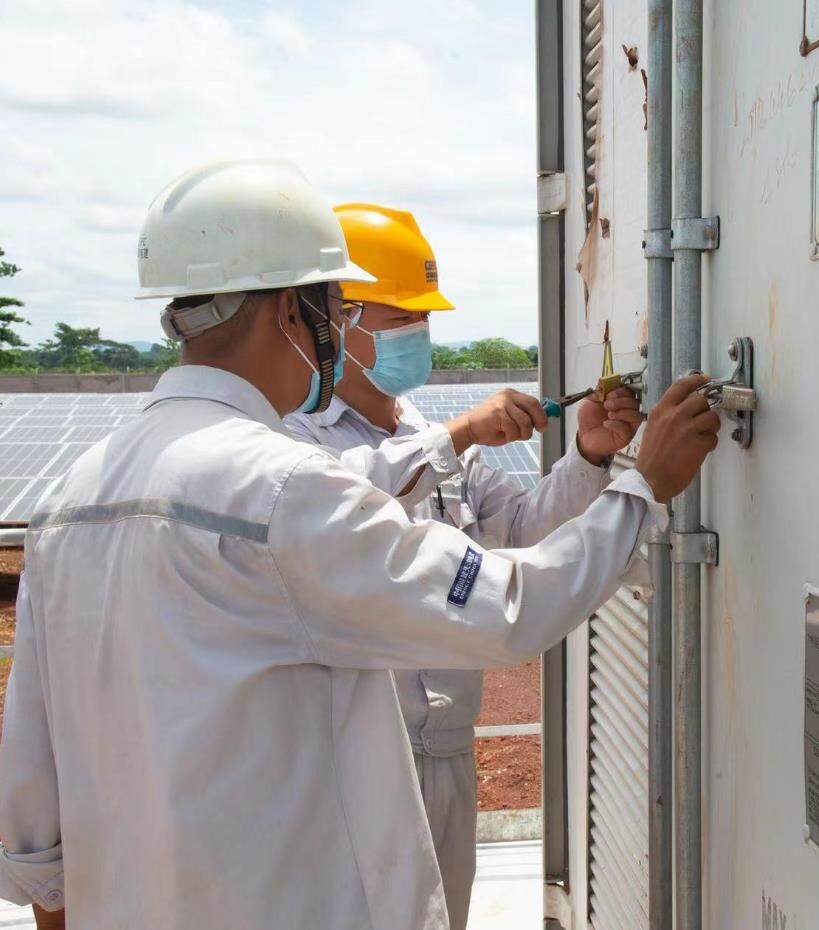
During the Beijing Summit of the Forum on China-Africa Cooperation in September 2018, China and the Central African Republic reached a consensus on the China-aided photovoltaic power plant project. In April 2021, the builders of Energy China Tianjin Power Construction went to China and Africa to start construction. The project is supervised by Changjiang Survey, Planning, Design and Research Co., Ltd. After various construction projects such as site leveling, civil concrete foundation construction, equipment installation, and equipment wiring debugging, the photovoltaic power station was connected to the grid for power generation on June 15, 2022. It is reported that the power station can currently meet about 30% of Bangui's electricity demand.
Yangdu Anji, a resident of Bangui, rents a house and raises two children. When the reporter met him during an interview in Bangui a few days ago, he said to the reporter: "With the photovoltaic power station, the refrigerator can be used, and ice water can be drunk in hot weather; my children can also study at night, and now I hope that the children can get good grade."
Nanbama, a citizen living in the suburbs of Bangui, said with emotion that now there are more lights at night, the community has become more lively, and the residents feel more secure.
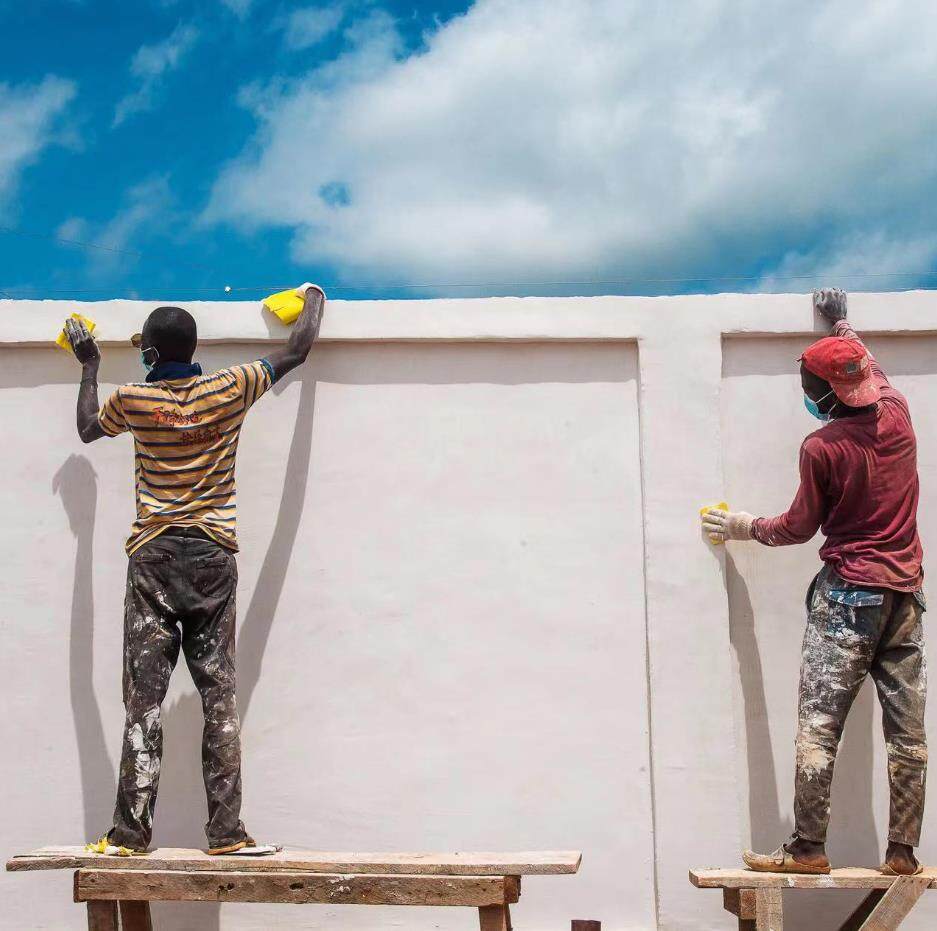
"Nowadays, some people in the community have opened a new store, some have opened a new restaurant, and they are open at night. The photovoltaic power plant makes the community lively, and I believe it will be better in the future." Gilabe, the installer, exclaimed.
According to Zhang Zhiguo, the project manager of the photovoltaic power station, Bangui currently mainly relies on diesel and hydropower for power generation. The cost of diesel is high and the development of hydropower is slow. The photovoltaic power station project has a short construction period, is green and environmentally friendly, and has a large installed capacity, which can immediately solve the local electricity shortage problem. During the construction process, the project also provided employment opportunities for about 700 people and helped local workers acquire various skills.
"Our employment rate is very low here, and many people around us are unemployed. By working in photovoltaic power plants, I have money to support my family, see a doctor, and also learn line installation techniques." Gilabe said.
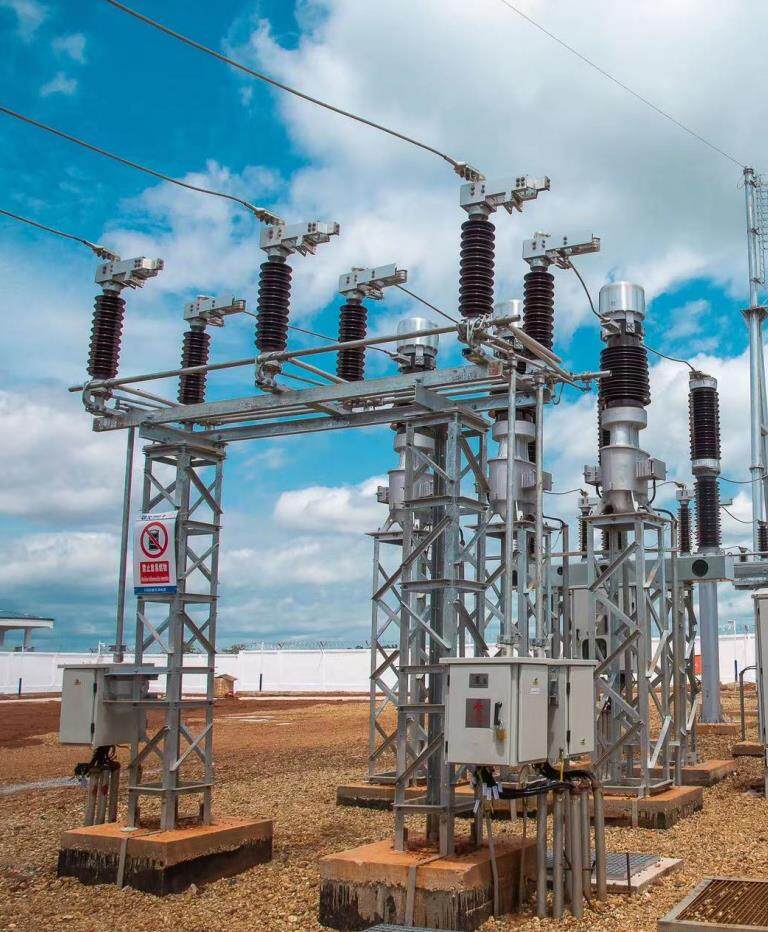
In the control room, Bangara, an employee who has just joined the company for 6 months, is learning and working under the guidance of Chinese engineers. The experience of working in photovoltaic power plants has helped him set up his career goals. "This project is a gift from China to the Central African Republic. The Chinese brothers worked with me and trained me. I hope to become a professional electrician in the future," Bangara said. Keywords: One Belt One Road, One Belt One Road News, One Belt One Road Project
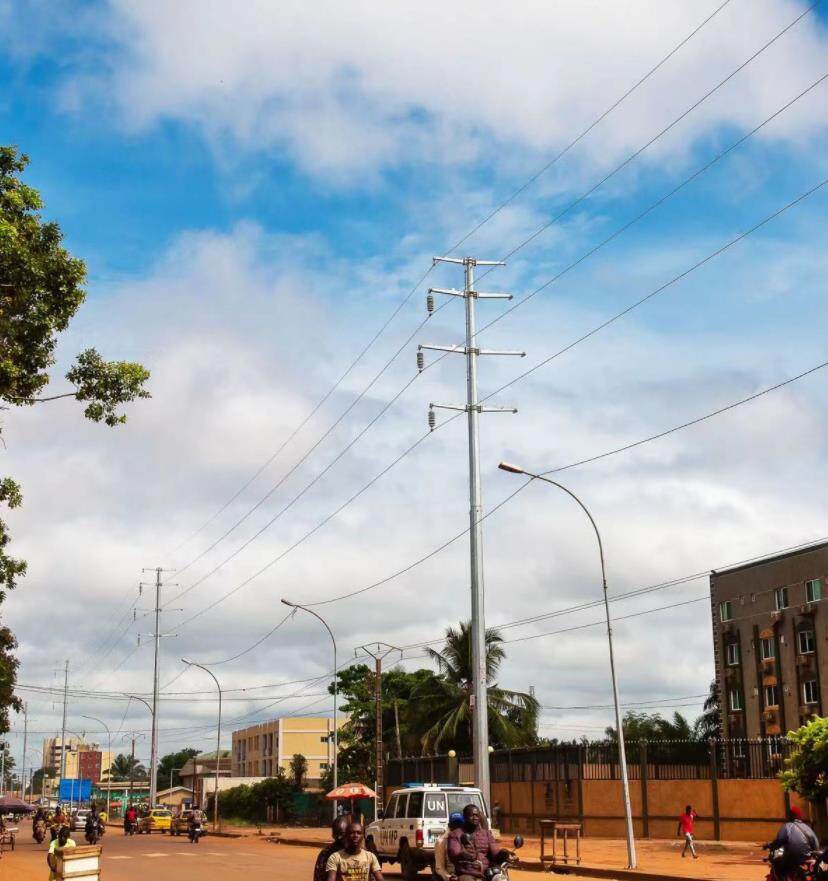
According to Zhang Zhiguo's expectation, with the development of Bangui, electricity consumption will increase in the future. "To this end, we have reserved about 3,000 square meters of open space next to the booster station as the outlet interval, and a new transmission grid can be installed if necessary." He said.Editor/XuNing
Comment
 Praise
Praise
 Collect
Collect
 Comment
Comment
 Search
Search


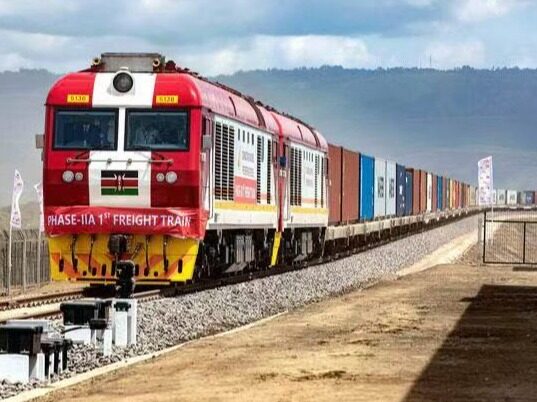
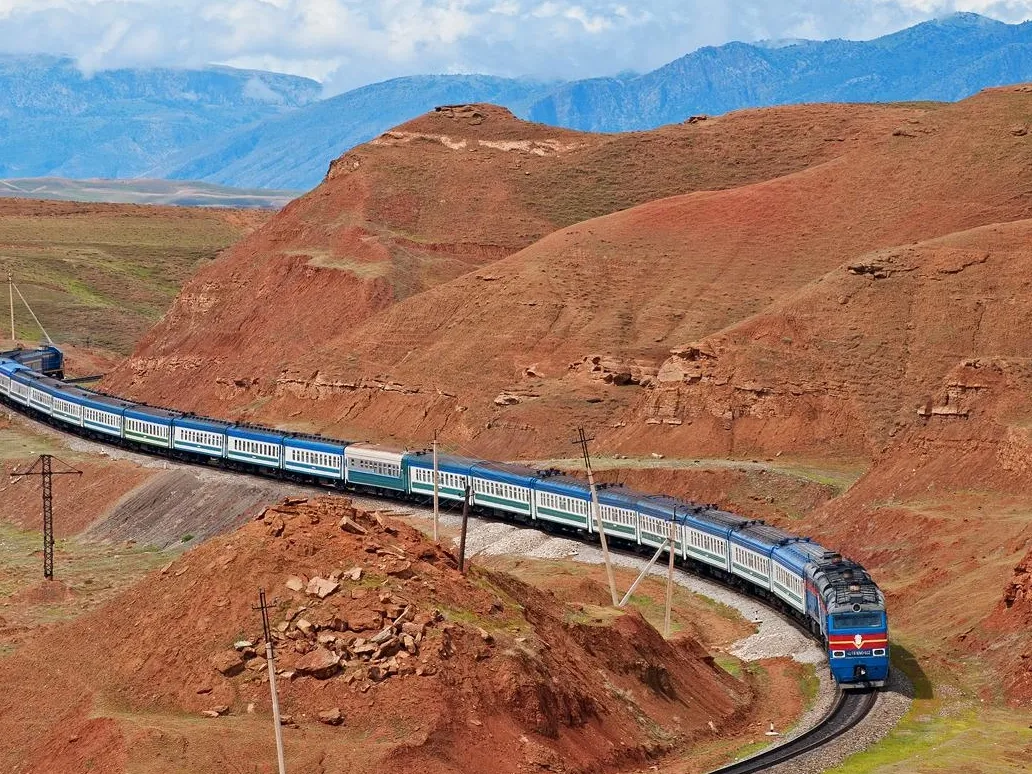
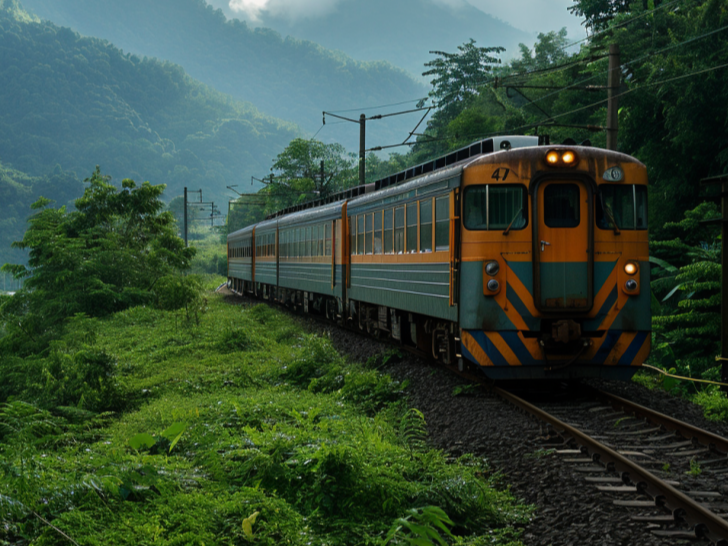
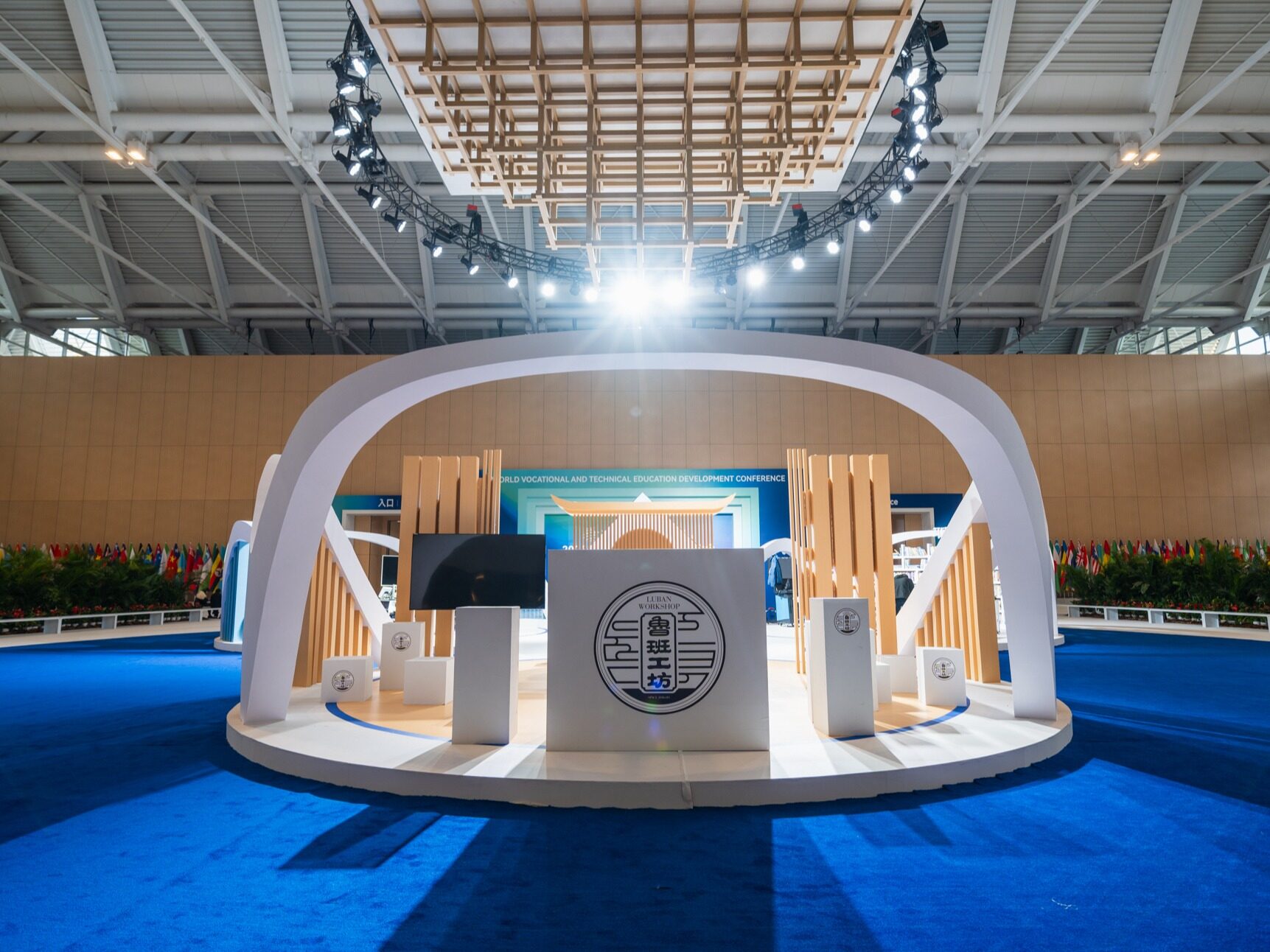








Write something~